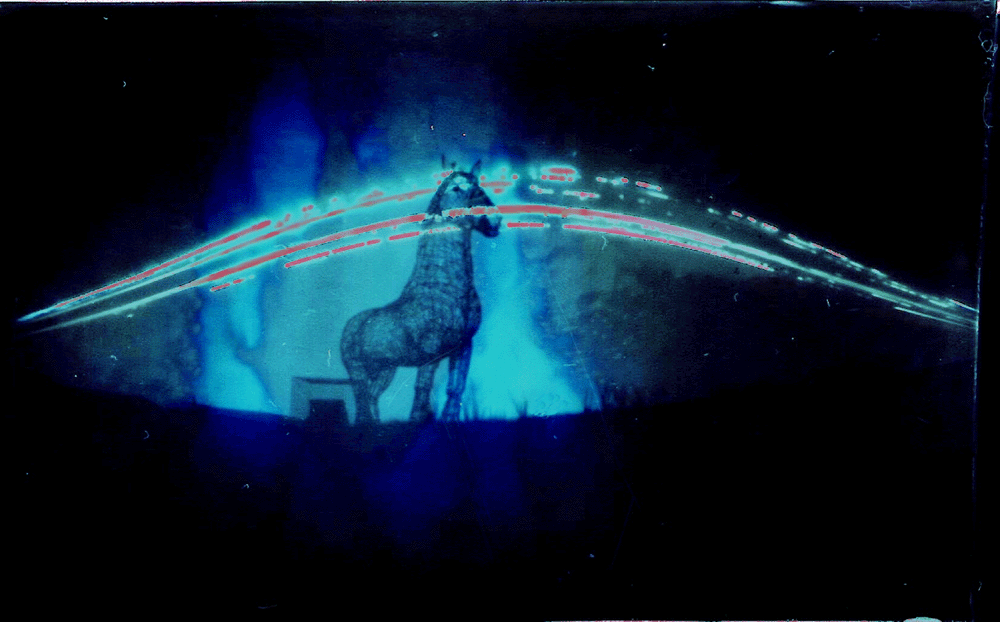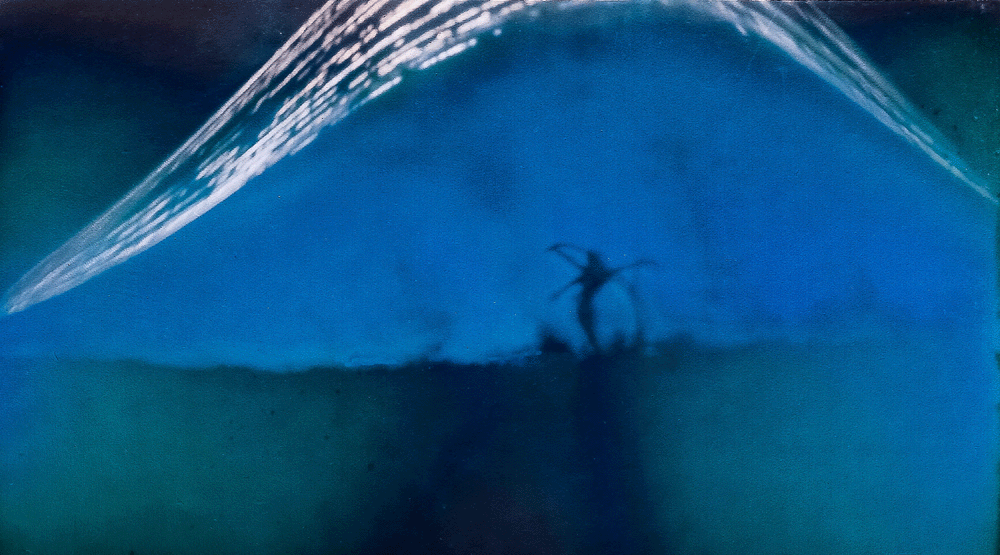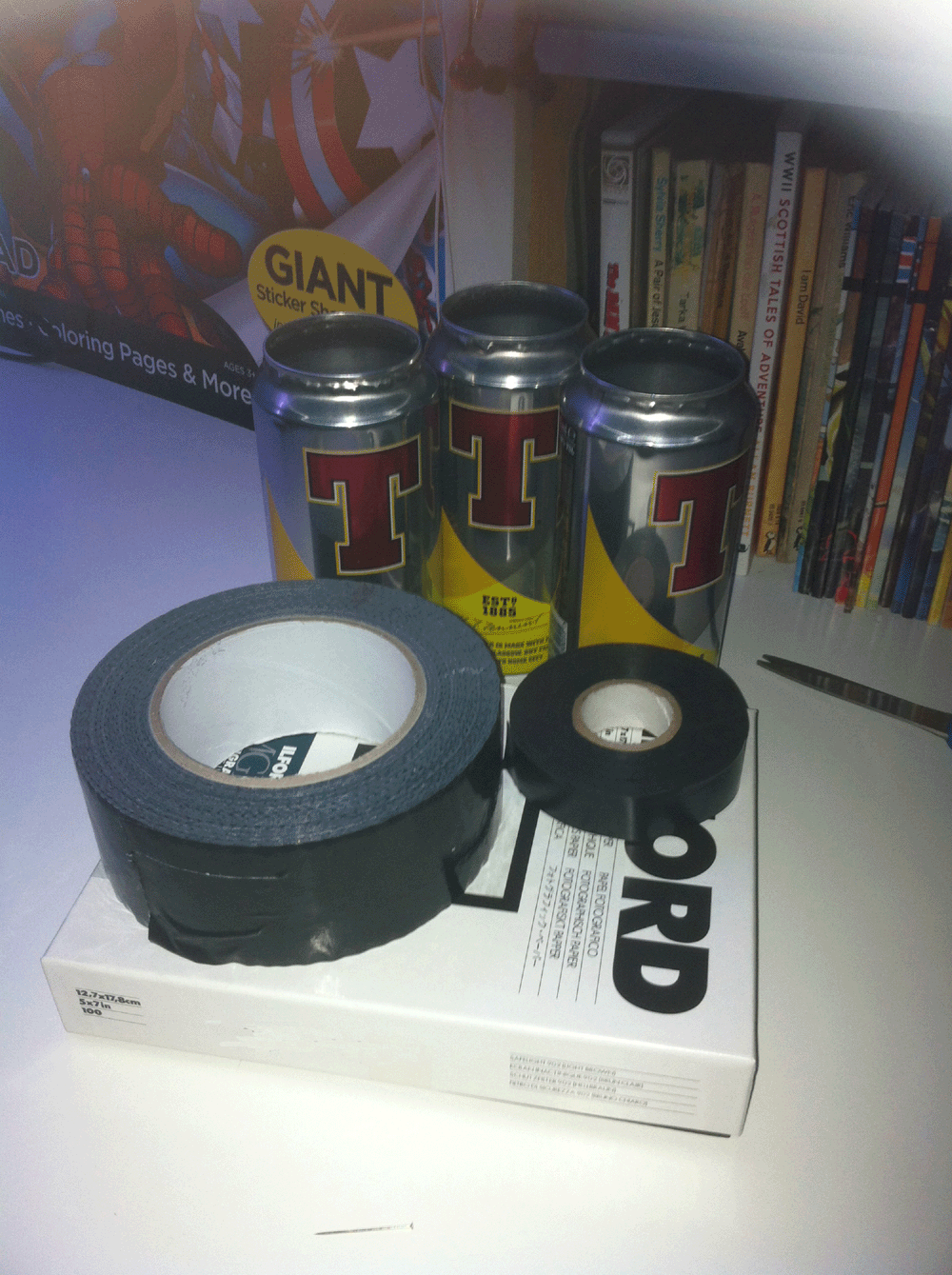A TRAIN driver has created an amazing series of photographs of Scotland – using Tennent’s beer cans.
Mark McGillivray took three years to create the strangely beautiful pictures, which are made by placing photographic paper inside a beer can and then making a pinhole.
Each exposure, which takes up to six months to complete, captures the movement of the sun as well as a ghostly image of the scene before the beer can.
Mark, 48, has managed to capture famous landmarks such as the Easterhouse Heavy Horse by the M8 and the stunning ‘Arria’ statue in Cumbernauld, North Lanarkshire.

One of the most fascinating aspects of the pictures is how they record the daily movement of the sun as well as its absence, indicated by regular breaks in the streaks of white.
Mark, from Glenboig, North Lanarkshire, cuts the top off a can, rolls up the light-sensitive paper inside, reseals the “camera” with gaffer tape, punches a hole with a pin, and then sets up the shot.
He admits a few of his “solargraphs” have been ruined by water getting into the can or as a result of people accidentally moving the “camera”. One was wrecked five months into a six-month exposure.

Mark said: “It was my friend in America that inspired me to do it when he sent me a video showing how it’s done and my wife kindly emptied the beer cans for me.
“It works by the sun coming through the pinhole and creating an arc across the paper each day.”

He added: “Because the sun rises and sets in a different spot each day, you get different arcs which create the image.
“Essentially the picture gets burned onto the photo paper by the sun so it comes out as a hugely overexposed negative which doesn’t need developed. It’s a bit like getting a suntan.
“A lot of people think there’s a wee camera inside the can but it’s purely just a pinhole, some photo paper and the sunlight.”

The beer can camera is said to work is the same way as the very earliest photographic techniques employed by Henry Fox Talbot in the 19th century.
Mr Fox Talbot was a British scientist who invented the salted paper and calotype processes of photography which eventually helped lead on the commercial photography in Britain.
The process involved paper being soaked in table salt, dried and then brushed with a solution of silver nitrate which would then turn dark when exposed to light.
